Naza Kia has launched the new 2017 Kia Rio – the fourth-generation B-segment hatchback has been redesigned inside and out with a bigger interior, a new engine but a carryover transmission. Available in a single trim level, it’s priced at RM79,888 on-the-road without insurance, nearly RM2,500 cheaper than before. Included is a five-year, unlimited-mileage warranty.
Designed in Germany and California, the new Rio differs from the rounded bean-like predecessor with a more conventional two-box profile and a longer bonnet. At the front, there’s a thinner and broader “tiger nose” grille with a gloss black cover, flanked by sharper headlights with U-shaped LED daytime running lights.
Meanwhile, the massive lower grille has been made to look more aggressive, and the fog lights pushed outwards to increase visual width. The rear end has been made more upright, and the C-pillar is thinner than on the current Rio. The tail lights are now trapezoidal in shape and feature arrow-shaped LED light signatures. Horizontal lines along the sides – including a strong shoulder line – emphasises the added length.
Inside, the Rio gets a more sculpted cabin, with horizontal lines making it feel wider. The centre console is angled towards the driver and sports a “floating” infotainment system with a five-inch colour display and Bluetooth connectivity, while the button count has been reduced; below it, the climate control switchgear also gets a more ergonomic concave design. There’s a rear USB charger, too.
Interior space has been improved, partly due to a larger body, but also due to clever repackaging such as reprofiled door trims, new headlining materials as well as a revised dashboard design; thinner C-pillars and new door mirrors relocated to the base of the A-pillar also improve outward visibility. Boot space has been increased some 37 litres to 325 litres, despite a shorter rear overhang.
Standard kit includes projector halogen headlights, front and rear fog lights, 17-inch two-tone alloy wheels, keyless entry, push-button start, a Supervision 3.5-inch multi-info display, auto lights and wipers, automatic climate control with cluster ioniser, a sunroof, black fabric upholstery, six speakers and a rear-view camera. Safety kit is the same as before – six airbags, ABS with EBD and brake assist and stability control.
Power comes from a 1.4 litre naturally-aspirated Dual CVVT four-cylinder engine – despite the similar capacity, this is a completely different Kappa engine instead of the Gamma mill found before. Maximum outputs are slightly lower before but made at lower revs, standing at 100 PS at 6,000 rpm and 133 Nm at 4,000 rpm. A four-speed automatic transmission sends power to the front wheels.
Under the skin, there’s a stiffer bodyshell (increased use of Advanced High Strength Steel, up from 33% to 51%) and a retuned suspension system, with revised spring and damper rates giving the car improved compliance and comfort at all speeds, as well as more engaging handling. The front suspension struts and crossmember is more rigid, and the rear torsion beam has been raised for improved high-speed stability.
Elsewhere, there are new vertical rear dampers and front dampers with pre-loaded linear valve technology, providing more linear handling and steering response over rough roads; the repositioned power steering gearbox, on the other hand, improves on-centre steering feel. All these improvements are designed to improve handling response and inspire confidence behind the wheel.
Looking to sell your car? Sell it with Carro.

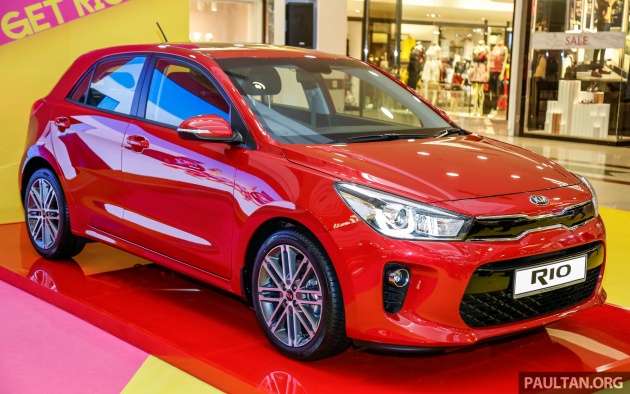
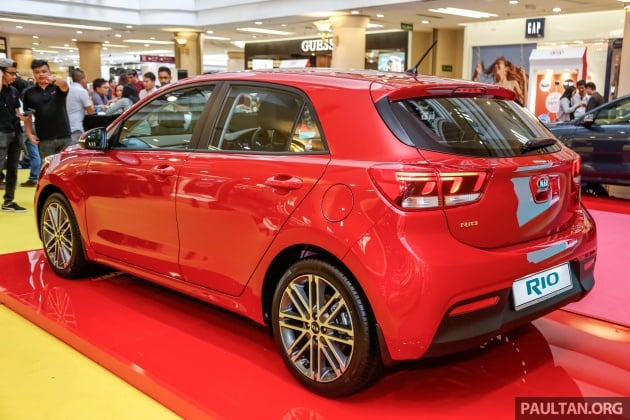
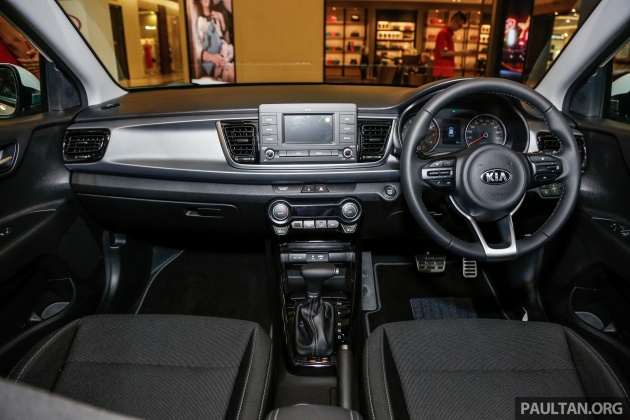


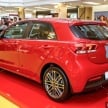
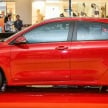

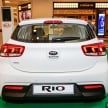
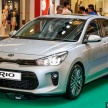
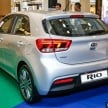
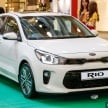
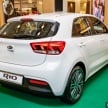
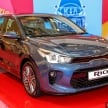
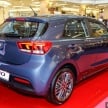


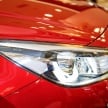



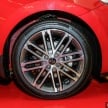
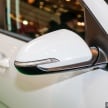
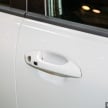

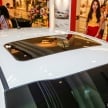
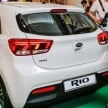
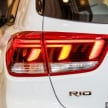
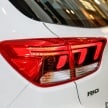





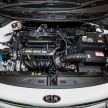

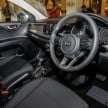
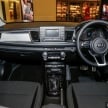
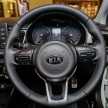

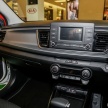


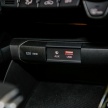




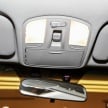
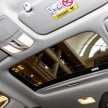

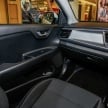

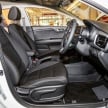
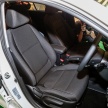

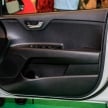
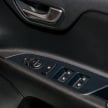

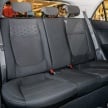
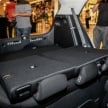
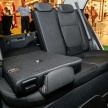

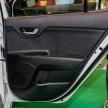
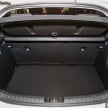
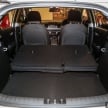
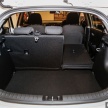
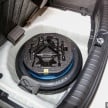













AI-generated Summary ✨
Comments primarily praise the 2017 Kia Rio for its design, comfort, stability, and spaciousness, with some enthusiasts noting it as a good value for under RM80k. Many criticize the car's outdated 4-speed automatic transmission, underpowered 1.4L engine, and small infotainment screen, considering them major drawbacks. Several mention that the price is high compared to similar models like the City or Vios, and some believe the high price is influenced by government pricing policies. A few comments compare it unfavorably to older models or other brands, but overall, opinions are mixed, with fans appreciating its aesthetics and practicality, while detractors focus on the technical shortcomings and pricing concerns.